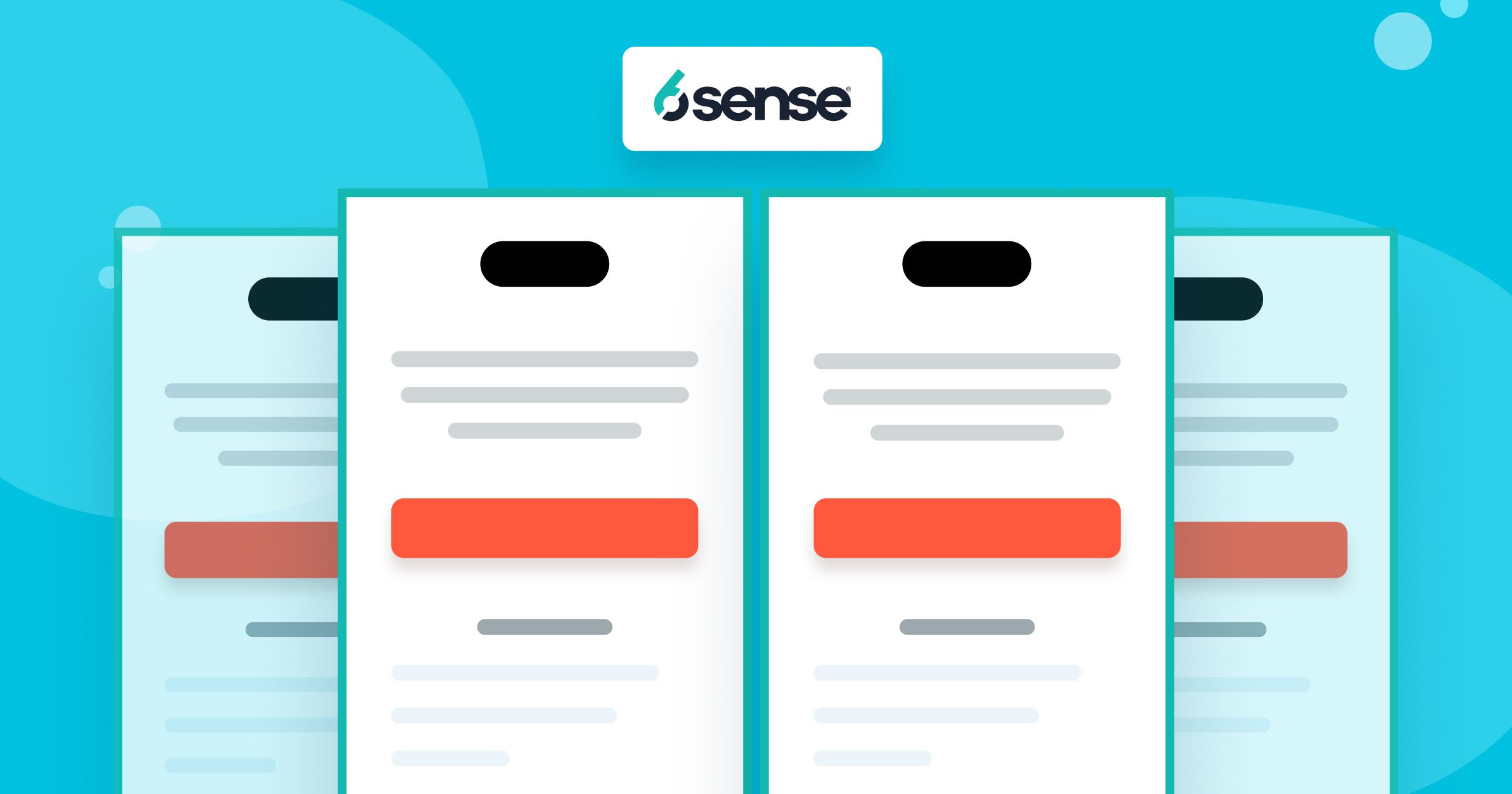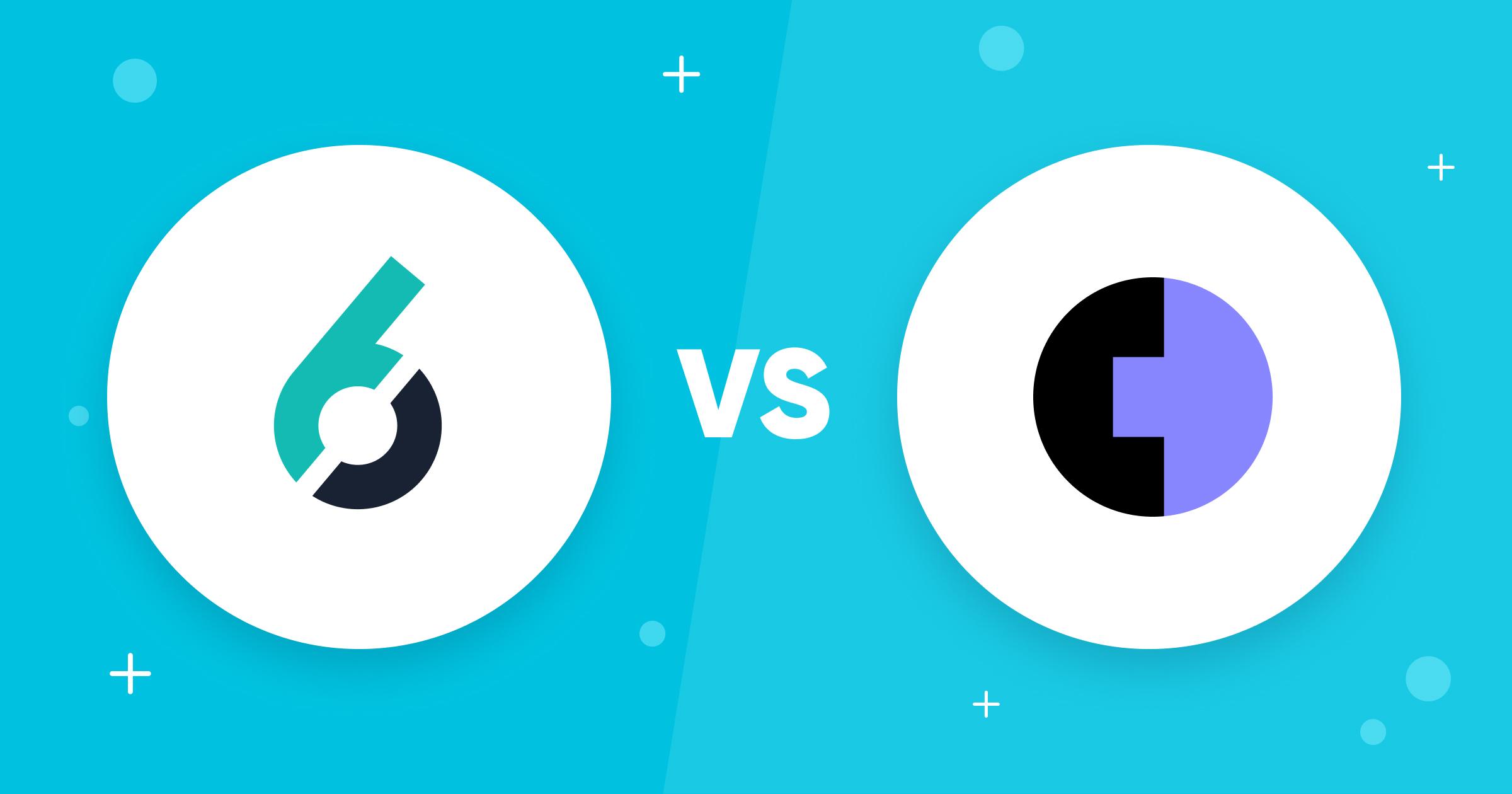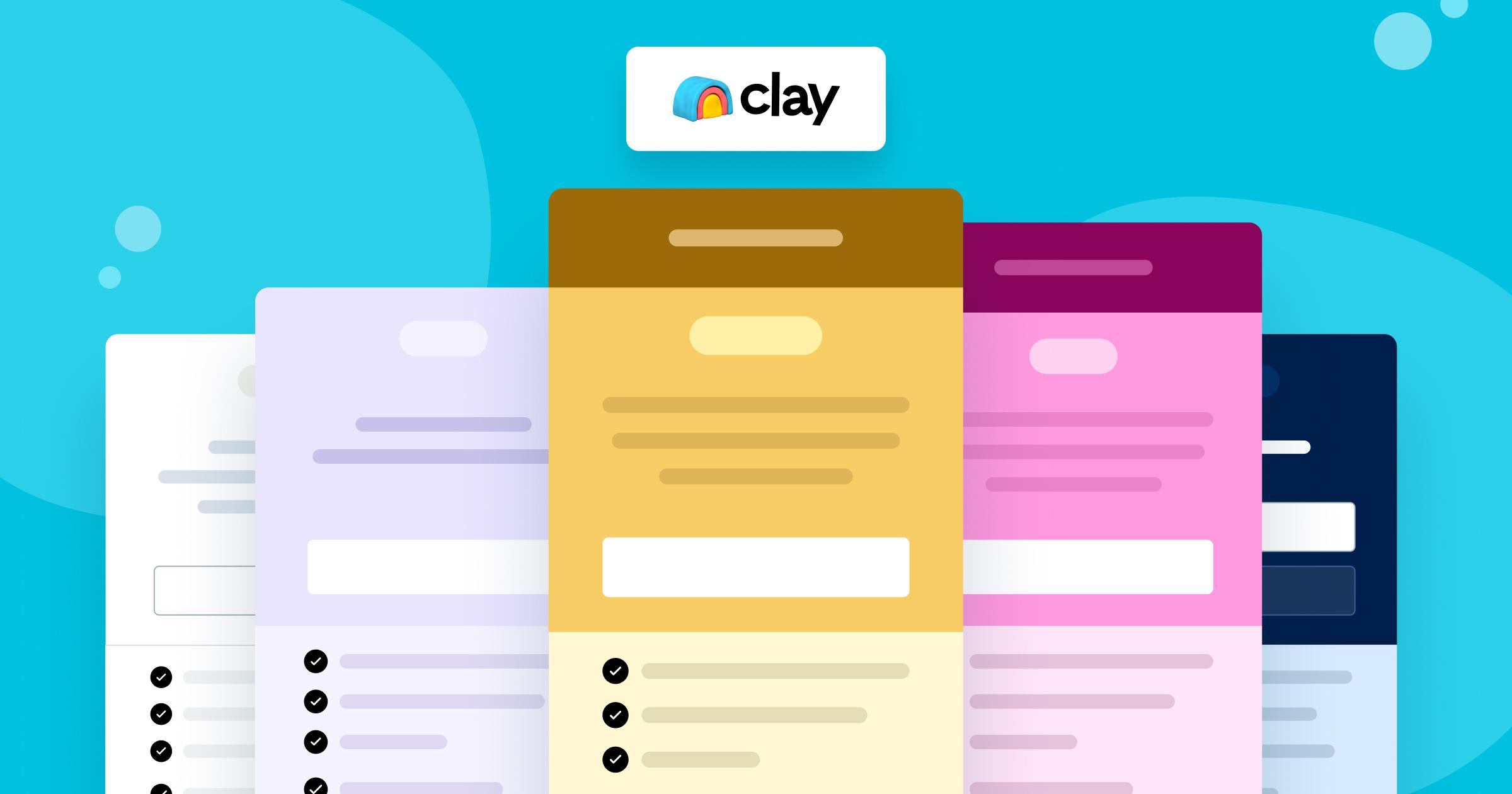Your sales pipeline is directly linked to your sales process and your revenue – like it or not. A well-functioning pipeline can make or break your business.
It allows you to streamline your sales process. You get to see where in the sales process leads are getting stuck. Where they’re dropping out etc.
This allows you to place more focus on key areas of your sales cycle and get those conversions soaring.
So, it’s important to pay as much attention as possible on optimizing your sales process. According to CSO insights’ 2016 report, only 1 out of 3 top sales managers focuses on sales optimization. Which is improving your sales pipelines – in a nutshell.
So why do 66% of sales managers ignore this critical sales cycle element?
Before we start answering the hard questions, let’s look at what’s in a sales pipeline.
What Is a Sales Pipeline?
Your sales pipeline is, basically, your sales process. From awareness through to closing the sale.
But it’s a visual representation of where your leads are in your sales process. Like a map, if you will, of where your leads are. Where they’re stuck, etc.
It’s different to a sales funnel. A sales funnel traditionally has a limited number of leads that move through it, and a limited number of deals that can be achieved. They eventually dry up. Whereas your sales pipeline is your core sales process – it’s what keeps your business ticking over between each sales funnel.
At the front end of your sales funnel, you’ll usually have a lead magnet of some sort. In a pipeline, you’ll have your lead generation and sales team – constantly working at discovering new leads.
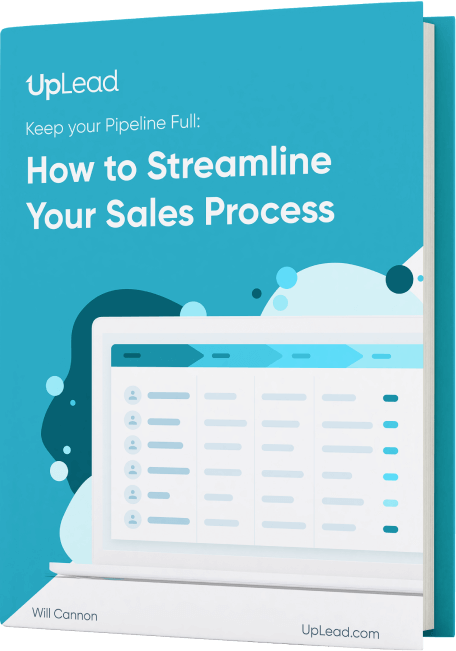
All the leads in the world won’t do you any good if your sales process isn’t optimized, however.

This is the basic anatomy of a sales process. So without further ado, let’s look at the different sales pipeline stages.
Sales Pipeline Stages
As we’ve learned, the sales process looks like a sales funnel but isn’t a sales funnel. Let’s dive deeper into the particular sales pipeline stages.
Lead Generation
You’re already well aware of what lead gen is. Whether you’re messaging prospects on LinkedIn, advertising on social media, or cold mailing prospects – you’ve already got lead gen in place. If not, you can get inspiration for your lead generation efforts with these 39+ examples.
It serves to get your prospects interested. Get them to hear what you’ve got to say. And how you can solve their problems.
Start slowly warming them up to the sale – but first, you need to qualify your leads.
Qualification
If you want to keep your sales team productive, not busy, you need to give them qualified leads. Qualifying your leads is simpler than some would make it out to be. You just need to ask the right questions. Establish:
- where they are in the sales process — how much do they know about your product?
- how badly they need your product — is it a critical point for them or something that can be pushed down the line?
- whether they can afford you
- what their current specific needs are and whether you can tailor a specific solution for them
Obviously, if we could just ask these questions outright, things would be easier.
But personally, we’ve seen leads state their problem up front and then ignore all marketing communications.
So asking the direct questions honestly makes little sense, although it’s often worth a try.
The best approach to qualify your leads is a discussion. A tactful discussion that answers these questions without seeming too aggressive.
For example, you could frame it as “Where are you now in your business, and where would you like to be?”
“Oh, we’re all about growth right now. We had to stop new client applications a while back since we just couldn’t scale fast enough. But we’ve built up a few more teams and they’re ready and waiting to serve a bunch more clients.”
If you’re a recruiting agency, this lead has obviously been disqualified. They should be moved on to the back burner – so they know where to find you the next time they need to scale quickly.
If you’re leading marketing or sales teams, you’re about to have a feast!.
Proposal
According to Dan Lok, a respected businessman, proposals suck (at least, the traditional proposals we know and hate).
The best proposals are made in-person. Or telephonically. It works well in pushing a client to close right there and then. And it only takes 30 minutes to an hour or two of your time.
Whereas crafting that perfect proposal takes a while. You go through all the little details. You nitpick, proofread, tweak — over and over.
And after all that the client gets a nice little package to print out and forget about.
Granted, the proposal does have its place. And when you do need to send one, make sure it’s impeccable.
But don’t forget to follow up. Keep hitting on those pain points if you want to increase the number of deals you make – learn to close the sale on the phone or in person. Or at least make sure your staff knows how to and you’ll get more sales quickly.
The proposal stage, when done right, can hit skip on the next few steps and move straight to the close.
So make sure your proposal stage is strong.
In your written proposal (when you need one), remember to hit on all the pain points. Paint the after picture clearly and persuasively.
Make sure you’ve got the right copywriter for the job.
Post-Proposal
Here’s where your follow-ups go.
Already discussed in the above stage – make sure you follow up. If you’re following up with emails, keep hitting the pain points. Keep painting that after picture more clearly in the prospect’s mind.
If you’re following up by phone, try to get an in-person meeting. If you can’t, try to close the sale right there and then. Get commitment from the prospect.
You don’t want them to say “I’ll think about it”. Because that’s as good as a no.
You want to close them quickly and effectively in this stage.
Commitment
This is what the follow-ups are for. Getting that prospect to say yes.
Once they’ve committed, it’s all downhill from there.
Close
Get your prospect around a table, go over the contract with them and have them sign.
Don’t send them a contract to sign if you can help it. Get them in the same room as you. And if you detect any hesitation on their part, remind them again why they’re there. What you’re about to do for them and how they’re going to win big with you at their side.
If you send the contract to them to sign, you can’t take these actions. You can only wait, and hope. And maybe drop another call or email.
And then hope some more.
How To Build A Sales Pipeline
It’s likely you’ve already got a pipeline up and running. Most businesses do. But in case you don’t, you’re probably wondering how to set up your pipeline.
It goes without saying, but your pipeline is directly linked to your sales cycle.
Prospect For Leads & Initiate Contact
This is your first stage – lead generation. Initiating contact spills over into the next stage, qualification.
When your leads are represented here, they’re still raw. There’s been no qualification yet and thus they’re not in your pipeline just yet.
Qualification
Here’s where your leads enter your pipeline. This step is copy/pasted into your sales pipeline – there’s no difference.
Present Offer & Overcome Objections
Your proposal and post-proposal stages. Simple.
Close Sale
This is, essentially, where your pipeline ends. Once the clients have passed this stage there’s no selling left to be done.
The final stage, generating referrals, depends on your business. But the vast majority of businesses rely on referrals as a great source of revenue.
Your Pipeline Is Different
We can’t give you a ready-made template for your business. Each business is unique. One thing you can do is validate your ideas and get great advice on the structure of your sales cycle by talking to a growth marketing mentor and removing some of the guesswork from the equation.
So once you’ve established your sales cycle, you can add your steps into your pipeline. Your business and pricing model may appeal to a wider market, and thus you may not need a rigid qualification process.
Maybe your demo is your proposal. And your demo conversions are 10%+. Yet your post-demo follow-ups convert at less than 1%.
Then you’ll want to place more focus on the front end and forget about post-proposal.
Building The Rest Of The Pipeline
Your pipeline is basically built now. But it’s useless without metrics.
Or, at least, the right metrics.
So once you’ve got your pipeline up, it’s time to build a few measurable metrics around it.
Sales Pipeline Metrics
Again, different business models will need different metrics. But at the end of the day, there are a few core metrics you need for an effective pipeline.
1. How Many Leads Have Entered
You’ll need to know how many leads are in your pipeline at any one stage for accurate revenue forecasting.
Good sales pipeline management will give you a fairly predictable sales process results every week, month or quarter. But you can’t even begin measuring if you don’t have this crucial figure first.
2. Cost per Lead / Cost per Sale
Your cost per lead will be factored into your cost per sale at the end of the day. But knowing the cost of leads up front – as a separate number – is a no-brainer.
3. Fallout / Close Ratio
A number of leads will fall out of the pipeline with each new stage. Time will show you an average which you can use to predict future fallout.
And this number gives you a great indicator as to your different stages’ health. If a huge number of leads are dropping off just before the close, it could be your pricing or close techniques.
If a huge number are dropping off in your qualification phase leading to a small number of deals, the sales process might be too strict. This might not be the case if your conversion ratio after the qualification phase mitigates this drop-off.
4. Sales Time Cycle
How long does the average lead take to sell after entering your sales funnel? It’s a vitally important part of the sales process we should all be measuring – sales pipeline or not.
Again, a very important part of your forecasting.
5. Revenue per Sale
Another obvious one, no doubt. But a metric that’s needed to calculate your bottom line in regards to the sales funnel.
Using the Metrics
Now that you’ve got all the metrics set up, the value of the pipeline starts to show.
You’ll now be able to draw up reports that show you at a glance, the value of the current state of your pipeline.
And you’ll be able to forecast, predictably, what profits are going to be at the end of this month, quarter or year.
How to Manage a Sales Pipeline
This is where your forecasting comes in.
The pipeline management. And there are tools that help (we’ll discuss that later).
All you need to do is gather all these metrics and feed them into your measurement tool — a professional tool or a spreadsheet.
You’ll need to know how many leads your reps are currently working with. What stage each lead is in, etc.
And then put all the metrics together and make your forecasts.
If you don’t have the exact metrics for whatever reason, seasonal changes, changes in marketing strategy for example, the best you can do is make an informed guess – for now.
Your sales cycle will eventually stabilize. And then you’ll have your pipeline already set up and ready to give you more accurate forecasting.
A Few Best Practices
1. Focus on Better Leads
Depending on your pricing model, you may have leads of different value. If this is the case, it would be wise to split your metrics into sub-categories.
Who got the premium package? How long did it take them?
The same questions should be asked for the lower tier packages.
If your high-value leads take longer to close, and your low tier leads close much quicker, try to find a happy medium.
One way to find your highest value leads is to measure in profits per day over their time in your pipeline.
2. Constantly Review and Improve Your Stages
The whole point of the sales pipeline is streamlining your sales process. Be on the lookout for stages in which you can improve. Whether it’s a sharp drop in leads or low conversion rates, find and iron out the problem areas.
Always test new things and watch the effect on your pipeline.
And soon enough, you’ll have a seamless sales process.
3. Standardize Your Sales Process
Again, test different things. And when you find something that works really well, have your staff place their focus there.
Always allow a small percentage of your sales force with which you can test with. But when you find something that works particularly well, it’d be a waste not to implement it across the board, right?
4. Shorten Your Sales Cycle
Use your metrics and testing to try to identify unnecessary sales practices you’re currently holding onto. Does a lead take twice as long to convert without being shown a demo? Offer the demo up front!
Don’t they respond to your emails? Test different things – if nothing works, cut them.
Try to get your sales process as lean and effective as possible.
5. Know When to Cut Leads
If a certain group of leads takes longer than usual to convert, consider setting a cut-off point. Say, for example, you’re selling a private program for school teachers. But they take longer to sell because they need to get approval from the school and don’t want to pay from their pocket.
On the other hand, you’re getting tons of interest from private tutors, who are quick to pay to improve their business.
Which should you focus on more? At what point does the former’s profit per day drop to a point where it’s not even worth it?
Use Your Gut
These are just a few quick best practices. You’re likely to be able to identify a ton more once you get going with your pipeline.
And it’s likely that if you’ve been in the industry for a while, you’ll intuitively know what’s best. So pay attention to your gut feelings. Measure the metrics you think will have the biggest impact.
And pay attention to the best practices that are going to take your business to the next level.
Sales Pipeline Review and Analysis
We’ve touched on this. But it can be emphasized again and again.
To realize the true value of your sales pipeline, you’ll need to keep a close eye on the metrics. A finger on the pulse of your pipeline, if you will.
Keep looking for opportunities – because they’ll most certainly come. And missed opportunity is as good as lost revenue.
But to effectively measure and analyze your pipeline, you’ll need to be able to build valuable reports. And that means measuring metrics against one another. So let’s take a look at a few of the key ratios you need in your reports.
Sales Pipeline Report
Whether you’re using spreadsheets or a tool, reporting is essential.
A well-built pivot table can make a spreadsheet quick and easy to read. But, of course, we recommend specialized tools that are built for the application (which we’ll look at in a minute).
To build a successful report, you’ll need to answer the right questions. Questions you have, your reps, your sales managers, your CEO – whatever the case may be.
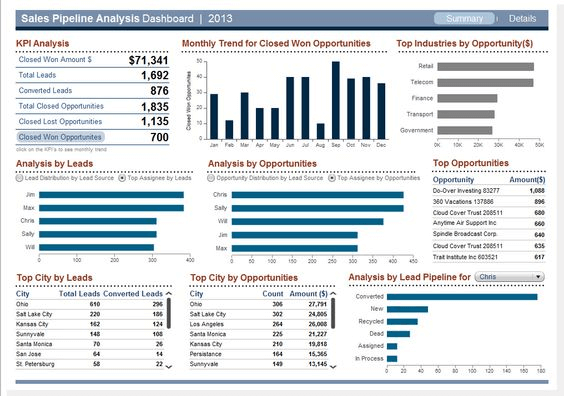
(Source: Pinterest)
Is There Enough Opportunity in the Pipeline?
To answer this question, you’ll need to check your current leads vs. conversion ratio vs. cycle length.
When using a spreadsheet, you can simply insert a field for this called “opportunity”, and include the relevant sum to make it nice and easy.
What’s the Long-Term Health of Your Sales Pipeline?
This one will take time to answer. And it’ll probably be the CEO asking the question.
But this boils back down to all the metrics — are conversion rates good, are leads coming in reliably? And so forth.
One idea to make reporting easy here is to include a “grading” system. Sit down around a table with the role players, and decide on a measurement system. It could be a grade out of 5, 10, or whatever the case may be.
Decide on how to grade the sales funnel. The easiest would probably be to grade each part of the sales funnel and average it out for a final grade.
Pop those on a graph and you’ll have a long-term view of your sales pipeline health. You’ll also have the health of each stage at a glance – very useful.
Three years down the line, you could have an accurate view of seasonal trends and the related health. And be ready to answer any questions that come your way.
Sales Pipeline Meetings
To gather all these metrics effectively, sales pipeline meetings may be required.
And getting these meetings wrong can leave you unable to answer questions about your pipeline health. Badly run meetings can even lead to missed opportunity – or worse, missed threats to revenue lurking in the pipeline.
So how do you set up and run a successful pipeline meeting?

First, Set up the Meeting Itself
Is your sales team small enough to get everyone around the table at once or do you have to manage multiple sales teams? Or would you have to rotate staff attending the meeting? Maybe you even prefer doing one-on-one reviews.
Next, what frequency best suits you? Weekly, Monthly? Bi-Weekly?
If you’re doing one-on-one reviews, monthly is probably the only realistic timeline.
And lastly, how long will you need to conduct your meeting?
Focus on the Right Aspects
If you can, look over each lead in the pipeline. At what stage are they? How long before they buy? Examine them all.
This won’t always be possible. But it’s ideal.
If you’re doing one-on-ones with your sales reps, focus on the leads they’re currently working on.
As for the agenda, set each aside at each stage of the pipeline that’s relevant to the meeting. So if you’re having a review with the CEO, make sure the stats, challenges, and opportunities are on the agenda.
If you’re meeting with your reps, make sure to look in detail at the conversion ratio, upcoming demos, and incoming leads.
Preparation
Make sure all your role players are prepared in advance for the meeting. This will save a ton of time on these meetings, and may even help you increase the number of deaks and the frequency of meetings which will ultimately let you have a clearer, more up-to-date picture of the pipeline available.
Conclude With Actionable Steps
In our article on setting sales goals, we emphasize the importance of having tangible, measurable actions as goals. Instead of vague numbers.
So make sure to identify key focus areas in each meeting, and assign tangible tasks to your role players.
For example, don’t tell your sales reps to get 5 new leads this week. How many calls, on average, does it take to get a new lead? 10? Your rep should be tasked with making 50 calls this week – that makes it tangible and measurable.
Sales Pipeline Forecasting
The final step of your sales pipeline. Make sure your forecasting works.
We’ve discussed this above. It’s the most critical aspect of your entire pipeline. And it falls into place automatically with the right sales pipeline metrics and reports.
You’ll be able to forecast monthly, quarterly or even yearly revenue by averaging out the numbers and taking them into the future.
It may take a few months or years to reap this benefit in full. But it’s worth it.
Imagine being able to see when you’re in trouble – before you’re in trouble. Or recognizing growth opportunities before they happen.
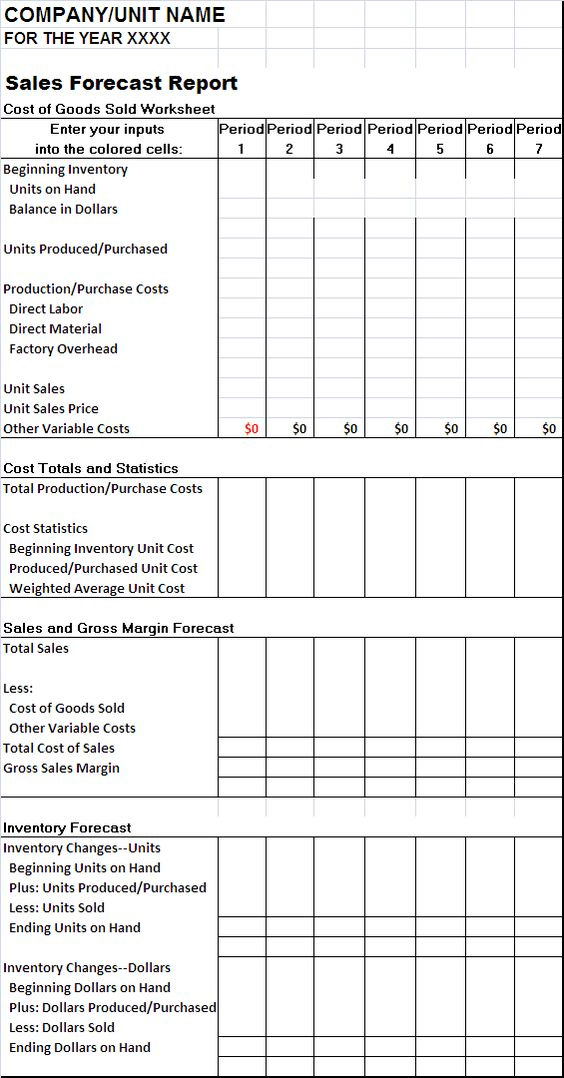
(Source: Free Report Template)
You’ll be able to adapt and prepare to situations in advance. A huge advantage in B2B, and business as a whole.
As mentioned previously, there are many tools available to help you with your forecasting. But if nothing else, a good spreadsheet will do.
For now, let’s take a look at some of those tools.
Sales Pipeline Tools
How does that old saying go? You can’t cut an onion with a hammer? Something like that…
If you’re creative enough, you probably could cut an onion with a hammer. But it’s not the best way to do it.
Having the right tool can make a big difference. So let’s take a look at some specialized pipeline tools. You might even find your perfect match…
Pipedrive

Pipedrive is a lightweight, simple sales pipeline management. It’s pretty much a plug-and-play option and many organizations say that it doesn’t need much set up – everything you need is already there.
There may be some issues integrating with mail systems like Outlook. But browser mail is a small sacrifice for such a simple tool, right?
There’s also the fact that they’re constantly improving and updating their product. So the integration issues that exist today may well be gone tomorrow.
A highly recommended program for your first delve into sales pipeline management and tracking.
What Does Pipedrive Cost?
Pipedrive runs between $12.50 and $59 per month. An extremely affordable pipeline management option.
And that’s another reason Pipedrive is so highly recommended for your first dive into managing your sales pipeline. And it’s got a free 14-15-day trial, so you can try it out first.
HubSpot

Hubspot is a big player in this arena, with some great software solutions.
Their CRM is also user-friendly, pretty easy to adapt and add users with specific access – and it’s free. Though there are obviously some drawbacks to the free version.
But you’ll be able to give it a try before paying a thing. Another great option for when you’re just starting out on your sales pipeline.
And though Hubspot scales well with business needs, the higher-tier packages can be a bit pricey.
What Does HubSpot Cost?
Ranges from free to $4200 per month for 10 users, with a very wide range of options in between.
One of the options most related here is the Marketing hub. And the pricing options are:
* Free
* $50 p/m
* $800 p/m
* $3200 p/m
For more details, check out their site.
Pipeline Deals

Pipeline Deals has a simple, effective UI. It’s users swear that it’s easy to use and the best around.
It incorporates notes on clients, reminders, integration with other software, etc.
One issue with the software is doing client tag searches for reporting purposes. For example, if you have clients tagged as “clients” and “NY” – if you search for “Clients NY”, you’ll get all those with the “clients” tag and all those with the “NY” tag.
It’s a very small issue and can easily be addressed with better client tag planning.
But all in all, it’s another great piece of software – with a free trial too.
What Does Pipeline Deals Cost?
Another super affordable software. It ranges from $25 to $59 p/m. And there’s a 14-day trial, so you can try it before you make any decisions.
Bitrix24

Bitrix24 also has a free forever plan – with support for up to 12 users. You also get 5GB of cloud storage and their core CRM and related features.
It’s a good program – praised by critics in the arena. But one flaw might be that it tries to do a little too much.
When you’re looking for something lightweight and specifically for your sales pipeline, Pipedrive is a good choice.
But if you are looking for something more involved… if you want a project management software with company hierarchy, IM’s, task management and more – Bitrix might be the solution for you.
It also has a free 30-day trial on it’s paid packages.
What Does Bitrix24 Cost?
It’s free – forever. But if you want more power from Bitrix24, you’ve got three options.
The Plus plan will set you back $35-$39 a month. The Standard plan $89-$99 p/m and the Professional plan $179-$199 p/m.
Pretty affordable.
Freshsales

Freshworks’ CRM, Freshsales, is a great CRM with internal calling and messaging.
It’s not quite as heavy on features as some of the other entries on this list. But for basic pipeline management, viewing reps’ own sales pipelines individually and keeping in touch, it’s a great place to start.
Freshsales also has a 30-day free trial.
What Does Freshsales Cost?
There’s no free forever plan here. But the 30-day free trial, again, let’s you try before buying.
It’s very affordable, however. With prices ranging from $12-$79 per month.
But Then, You’re Different…
Each organization is different. With different needs. Different specifications.
So why not try all the tools on our list? See which best fits your business.
And try any other you might find that have good reviews online. You never know, you might find a gem we aren’t even aware of. And if you do, make sure to post it in the comments below.
Sales Pipeline Templates
Feel free to use these great templates to get started on your sales pipeline.
These are not recommended for larger corporations as things will get rather hard to manage.
But if you have a small sales team, give it a try!
Sales Pipelines Template By Pipedrive

A simple spreadsheet to help you set up. It’s per sales reps, with tables for your sales stage, deal size and weighted forecast.
Sales Pipeline Template by HubSpot

This template is much the same as the previous template, it allows you to set up your sales pipeline quickly and easily.
Sales Pipeline Template by Smartsheet

This template lets you set up by item per month. And it’s available in both Word and Excel.
It’s not better or worse than the other templates on this list. Our advice is to try each template and see what’s easier for you to use and is more useful to your specific needs.
They don’t cost you a thing. Except for maybe some time. But that’s it.
Sales Pipeline Template by Pipefy

There’s no Excel or Word template here. Instead, you get a ready-made template inside of the software. Which is always worth a try.
Unless you’re not looking to try any software right now. If that’s the case, move along…
Sales Pipeline Template by Salesmate

Salesmate’s template is in the same mold as the first two templates on this list. With your deal stage, forecast and deal size taking center stage.
It’s also per sales reps, so you can see, at a glance, who’s doing what.
Sales Pipelines Aren’t That Hard
If you came into this article wondering what a sales pipeline was, and you’re now a sales pipeline expert, our job is done.
Your business is different. You have different needs. So try out the various options above and see what fits you best – before committing to anything.
And if you find your perfect match, do let us know!
If you have any questions or comments, let us know down below. We’re always happy to hear from our readers.


